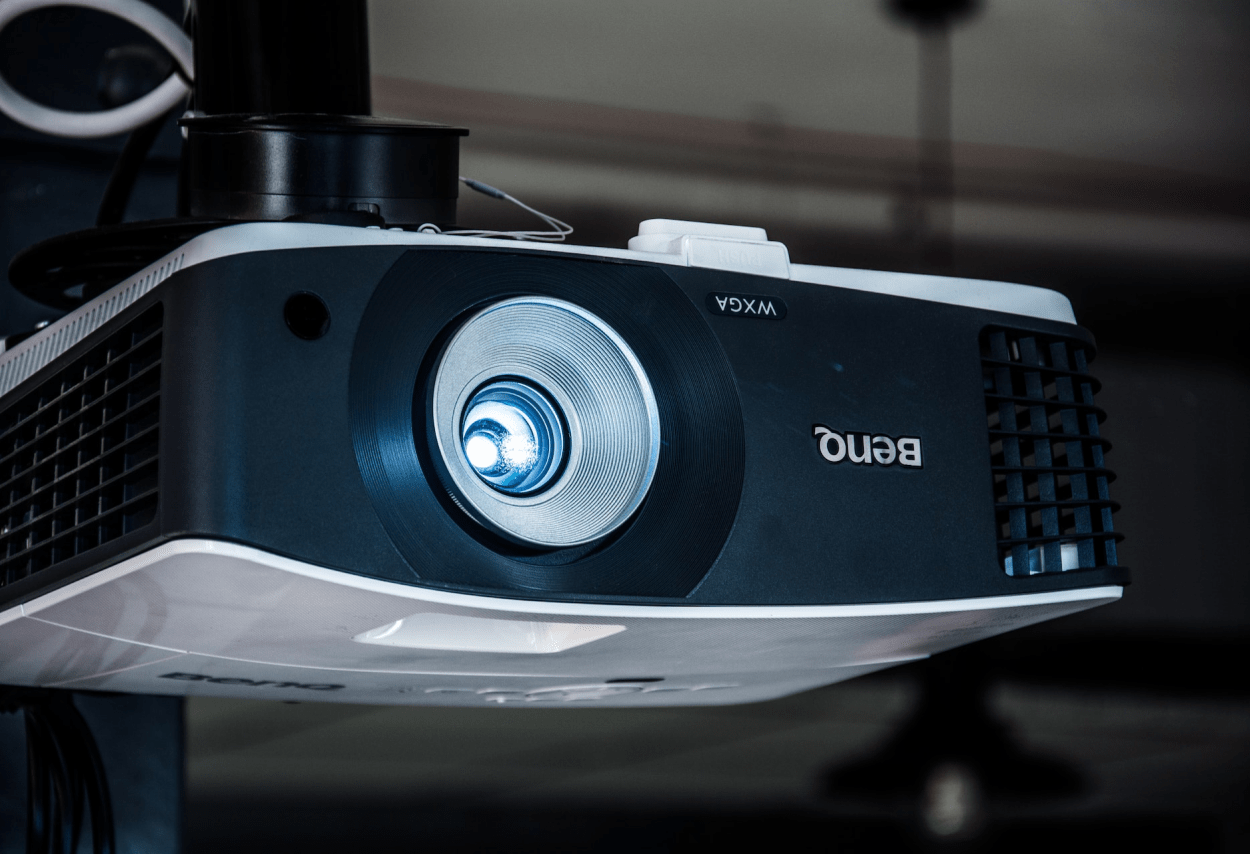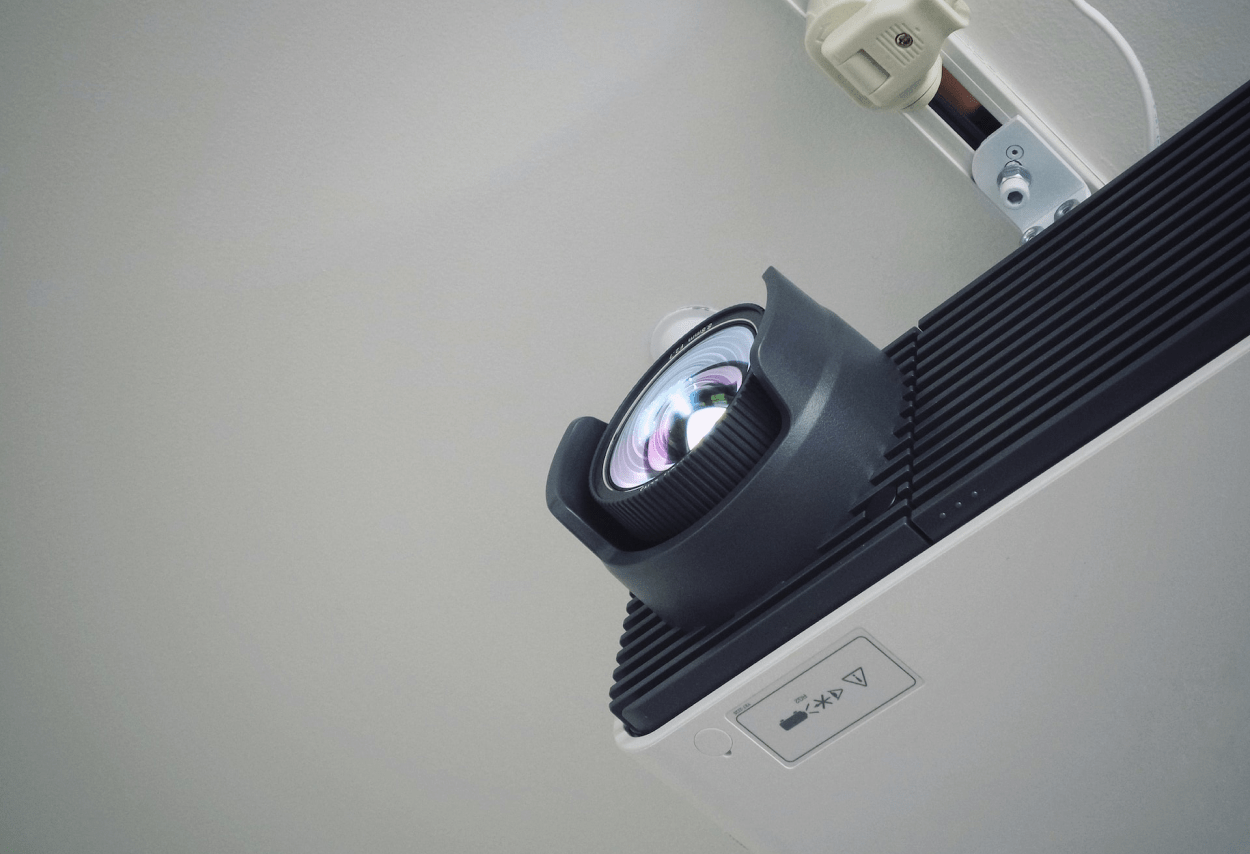In this article, we will explore different types of projection system technologies, their features, and their applications across industries, including outdoor options.
Outdoor projection systems offer numerous benefits for educational institutions, enhancing the learning experience and providing new opportunities for engagement and creativity.
The Benefits of Outdoor Projection Systems in Education
One of the key benefits is the ability to bring learning outside the traditional classroom walls. Outdoor projection systems enable teachers to conduct lessons and presentations in an outdoor setting, creating a dynamic learning environment that stimulates students’ senses and curiosity.
Furthermore, outdoor projection systems provide a larger display area compared to traditional classroom projectors. This allows for better visibility and ensures that all students can easily see the content, regardless of their seating position.
Outdoor projection systems also foster interactive learning experiences. With the ability to project interactive content, such as educational games and simulations, students can actively participate in the learning process. This hands-on approach promotes student engagement, collaboration, and critical thinking skills.
In addition, outdoor projection systems can be used for special events and presentations, such as outdoor assemblies, performances, and guest speaker presentations. These systems create a sense of excitement and enhance the overall event experience.
Moreover, the use of outdoor projection systems encourages creativity and innovation in teaching methods. Teachers can explore new ways of delivering content, incorporating multimedia elements, and designing immersive learning experiences.
Overall, outdoor projection systems in education provide a versatile and engaging tool that expands learning beyond the classroom, promotes interactivity, and fosters creativity. They contribute to a dynamic and inclusive educational environment that inspires students and enhances their learning outcomes.
Applications of Outdoor Projection Systems in Educational Settings
Outdoor projection systems have a wide range of applications in educational settings, providing versatile tools for enhancing teaching and learning. Here are some key applications:
- Outdoor classroom: Outdoor projection systems can transform any outdoor space into a classroom, allowing teachers to conduct lessons, discussions, and presentations in a refreshing and engaging environment.
- Visualizing concepts: These systems enable teachers to project visual aids, diagrams, and illustrations onto large outdoor surfaces, making it easier for students to grasp complex concepts and ideas.
- Field trips and virtual tours: Outdoor projection systems can be used to simulate virtual field trips, bringing students closer to real-world experiences and enhancing their understanding of various subjects.
- Interactive learning activities: With interactive projection systems, students can actively participate in educational games, quizzes, and simulations, making the learning process more enjoyable and effective.
- Presentations and performances: Outdoor projection systems are ideal for showcasing student presentations, performances, and multimedia projects, providing a larger and more immersive visual experience for the audience.
- Cultural and historical displays: These systems can be used to project historical images, artworks, and cultural displays, allowing students to explore and appreciate different cultures and time periods.
- Community events: Outdoor projection systems can be utilized for community events, such as outdoor movie nights, science fairs, and open houses, fostering community engagement and collaboration.
These are just a few examples of how outdoor projection systems can be integrated into educational settings to create interactive, immersive, and engaging learning experiences for students.
Considerations for Implementing Outdoor Projection Systems in Schools
Implementing outdoor projection systems in schools requires careful planning and consideration to ensure a successful integration. Here are some important factors to consider:
Infrastructure and Space: Assess the available outdoor spaces in the school and determine the suitability for installing projection systems. Consider factors such as the size of the space, accessibility, and any potential obstructions.
Weather Resistance: Choose projection systems that are specifically designed to withstand outdoor conditions, including rain, dust, and extreme temperatures. Look for projectors with appropriate IP ratings and weatherproof enclosures.
Installation and Maintenance: Consider the installation requirements and maintenance needs of the projection systems. Determine if additional infrastructure such as mounting brackets, cables, and power sources are necessary. Plan for regular maintenance to ensure optimal performance and longevity of the equipment.
Security and Safety: Implement appropriate security measures to protect the outdoor projection systems from theft or vandalism. Ensure that electrical connections and wiring adhere to safety standards to prevent any accidents or hazards.
Budget and Resources: Evaluate the budgetary constraints and allocate resources for the purchase, installation, and maintenance of the outdoor projection systems. Consider the long-term costs associated with maintenance, repairs, and upgrades.
Curriculum Integration: Identify how outdoor projection systems can align with the school’s curriculum and enhance educational objectives. Collaborate with teachers and educators to develop strategies for integrating the technology effectively into the teaching and learning process.
By considering these factors, schools can successfully implement outdoor projection systems and create a dynamic and innovative learning environment for their students.
Case Studies: Successful Examples of Outdoor Projection Systems in Educational Institutions
Outdoor projection systems have proven to be highly effective in enhancing the educational experience in various educational institutions. Let’s explore some successful examples:
Case Study 1: XYZ Elementary School
XYZ Elementary School installed outdoor projection systems in their courtyard to create an immersive learning environment. Teachers use the projection systems to showcase educational videos, virtual field trips, and interactive lessons. Students actively engage with the projected content, fostering curiosity and enthusiasm for learning.
Case Study 2: ABC High School
ABC High School implemented outdoor projection systems in their stadium to enhance sports events and school assemblies. The projection systems are used to display live event feeds, highlight student achievements, and create captivating visual displays. The vibrant projections create a sense of school pride and community engagement.
Case Study 3: DEF College
DEF College integrated outdoor projection systems into their campus architecture. The projectors illuminate the exterior of buildings with artistic displays, showcasing student artwork, and providing a platform for creative expression. The projection systems have transformed the college into an interactive art gallery, inspiring both students and visitors.
These case studies demonstrate the diverse and impactful applications of outdoor projection systems in educational institutions. By leveraging this technology, schools can create engaging learning environments and enrich the educational journey of their students.
- AML Consulting Samson Solutions: Simplifying Compliance for Modern Businesses - February 4, 2025
- Erotic Massage at Imperium Massage. Why Are More Women Choosing These Procedures? - January 24, 2025
- Revolutionize Your Look with Hairline Microblading: The Ultimate Solution for Natural-Looking, Fuller Hairlines - January 24, 2024

